The top 10 FIFA World Cup balls ranked ahead of the big kick-off in Qatar
and live on Freeview channel 276
The 2022 FIFA World Cup is almost upon us, with kick-off now just around the corner. Qatar kick off their World Cup on Sunday, November 20, and it will be an edition like no other. This World Cup is being played in the winter, and it’s the first time that has ever happened. There has been controversy aplenty, but excitement is also building as we get closer to the big kick-off.
England begin their campaign on Monday, when they face Iran, while Wales begin their first World Cup in 64 years on the same day, taking on USA.
Advertisement
Hide AdAdvertisement
Hide AdWith excitement building, we have taken a look at the best World Cup balls of all time, picking the top 10 from the 21 used so far. With no real evidence of how it performs at this point, we are leaving the ‘Al Rihla’ being used at this World Cup out of the rankings - let’s just hope we’ve not got another Jabulani on our hands...
Take a look at the top 10 below and let us know your favourite in the comments section below:
10. Jabulani (2010)
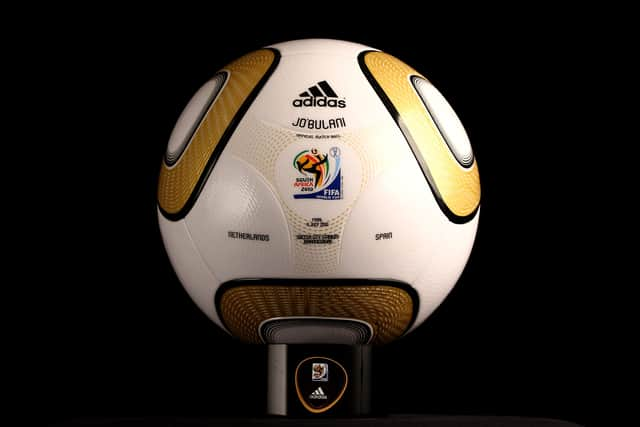

The Jabulani ball used for the South Africa World Cup was a disaster. It had eight pannels and was a pretty plan-looking ball. It was slated by players, who just couldn’t get used to how the ball would fly, and anyone who has ever kicked one will know just how light the ball was. It makes the top 10 because of some of the fun it caused during the 2010 World Cup. Goalkeepers just couldn’t keep their eyes on it, including Rob Green! It was also the ball that did cross the line against Germany, by the way.
9. Challenge 4-star (1966)
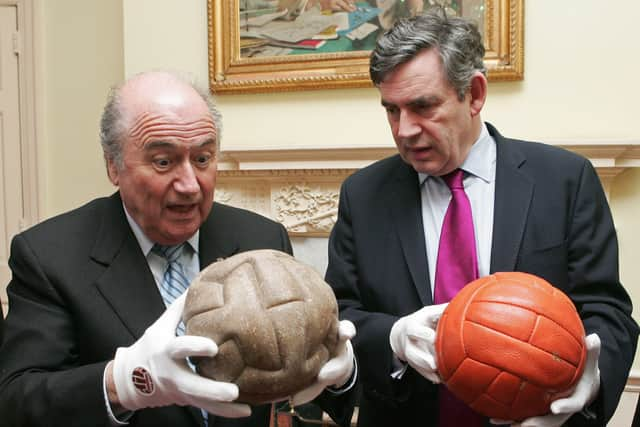

The ball that England won the World Cup with. This one sneaks in on vintage alone. It had to be a nightmare to play with, but it was the final ball of that old leather orange/brown style. In truth, it’s pretty horrific to look at in comparison with the modern balls, but you have to appreciate its heritage. This one was made by Slazenger (being handled like an un-exploded bomb by Gordon Brown in the above picture), and it’s a safe bet to say the tennis giants won’t be making a World Cup ball again for a very long time. A big green fuzzy one could be a laugh, mind.
Advertisement
Hide AdAdvertisement
Hide Ad8. Azteca (1986)
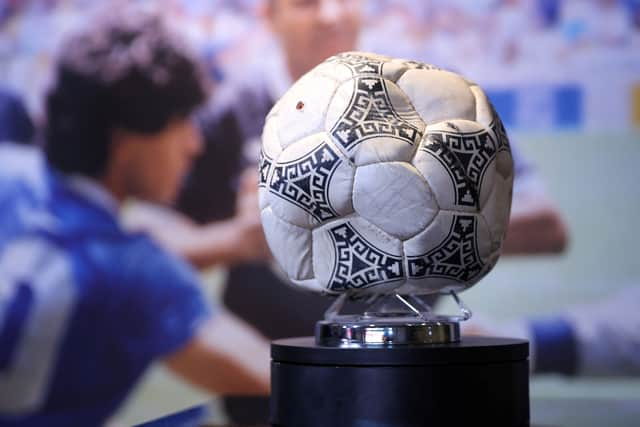

This one was a beauty. The Adidas ball used for the Mexico World Cup, and it reflected the markings and scrolls left by the Aztecs. We won’t see another Aztec-inspired ball again for a while, given Mexico’s next World Cup in 2026 is jointly hosted with USA and Canada, and that’s why this one has to be treasured. The original had a little more air in it than the one picture above - that one was up for auction recently with a cool estimate of £3m, being the ‘Hand of God’ ball and all.
7. Telstar 18 (2018)


The ball used for the 2018 World Cup in Russia was a revamp of the Telstar first use 48 years previous. The ball was pretty nice on the eye, and it performed well at what was a rather entertaining World Cup. The red version of the ball used at the final was arguably even more impressive. Would it have really been too much to ask for the designers to pop a vibrant ‘Square it Sterling, you fool!’ message on there to help out Harry Kane in the semi-final?
6. Brazuca (2014)
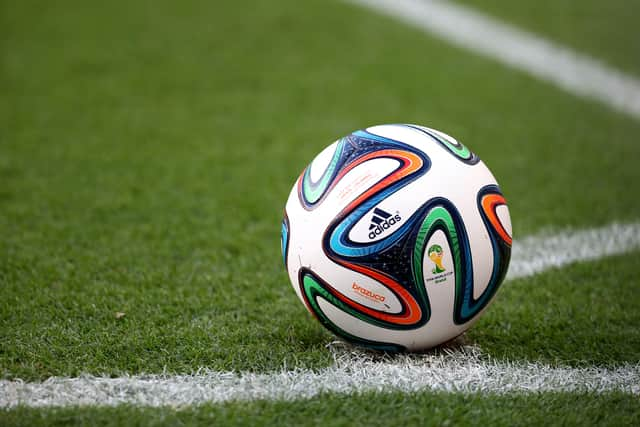

Four years previous, in Brazil, we were blessed with a colourful ball that accurately reflected the vibrancy of the host nation. The Brazuca is high on this list not just for its design, though. This ball was an asbolute beauty to play with. It was light, but not Jabulani light, and its flight made it easy to score a worldy with. Brazil fans may well be glad to see the back of this ball, however, after it crashed into the back of their net no fewer than seven times in their semi-final mauling by Germany.
5. Fevernova (2002)
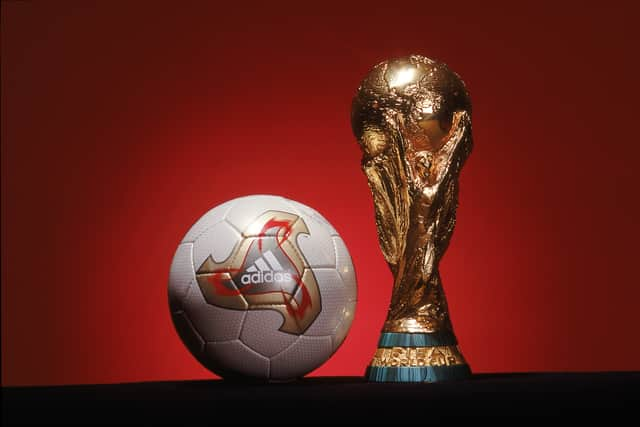

This ball, used for the Japan and South Korea World Cup, felt like a crossover from the retro to the modern. It was the first World Cup ball with a triangular design, and it was a kind of off-colour gold. The ball was the last of the heavier balls. with Adidas crafting much lighter balls after the 2002 World Cup. Some say David Seaman still sees the looping sphere in his nightmares every night. Or just whenever he closes his eyes.
Advertisement
Hide AdAdvertisement
Hide Ad4. Telstar (1970)
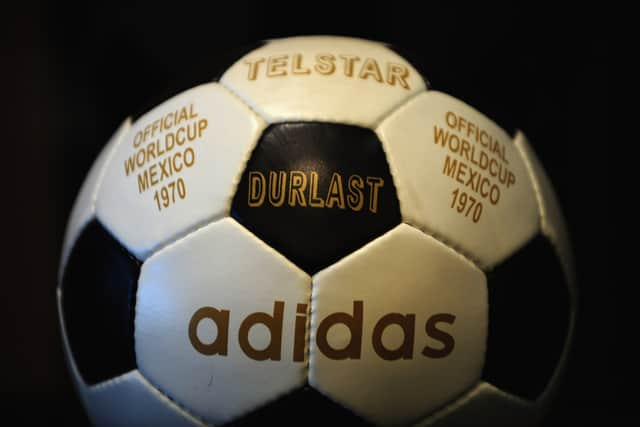

This one was a stunner. It was the first black and white ball to be used at a World Cup, and it featured 32 panels. This World Cup was also played in Mexico, who hosted two within 16 years due to Colombia not being able to host in 1986, leading to a late change. The beauty of this ball is its simplicity. It wouldn’t have seemed so simple at the time, but looking back, this is what would become the stereotypical football in cartoons, with black and white panels. When you learned to draw a football, this was probably what you tried to replicate, whether you knew it or not. Iconic.
3. Tricolore (1998)
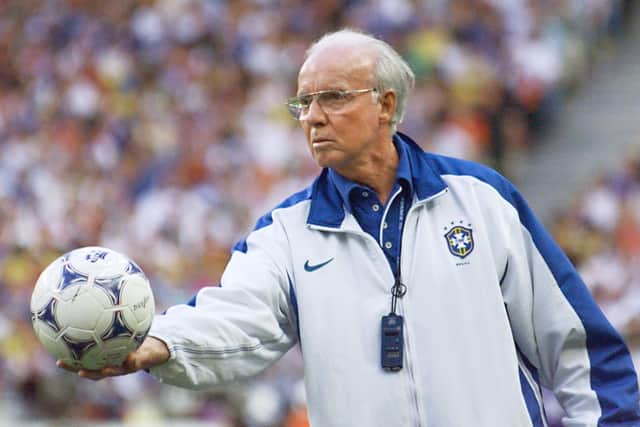

In France we got the first multi-coloured ball used at a World Cup as we moved towards the millenium. This ball looked beautifully French, with the colours blue, white and red running through it in the Tango style. A pretty and effective ball. France nailed this World Cup on and off the pitch, winning their home tournament. Chances are Qatar won’t pull off the same feat this time around, it’s safe to say.
2. Tango (1978)
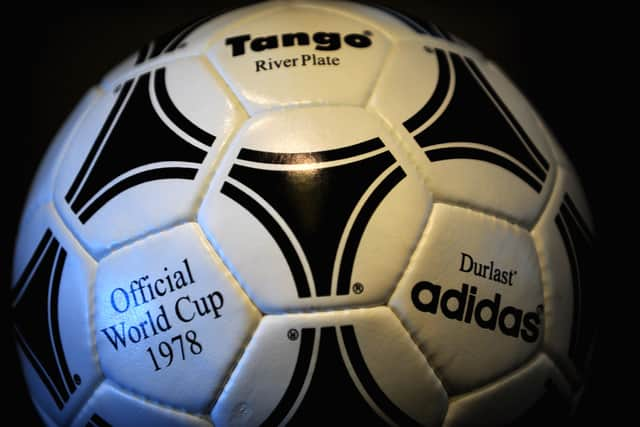

That leads us on to the original Tango, which debuted in the 1978 World Cup in Argentina. The ball still had 32 panels, as was tradition, but it featured large black segments, highlighting the white circular gaps. This was so good it was kept for the subsequent European Championships and Olympics, and it changed very little for the World Cup in Spain four years later. In fact, the ball wasn’t changed too much until ther 2002 World Cup, with five World Cups using the Tango template after 78’. We’d also like to give a shoutout to the 1990 edition used at the Italian World Cup.
1. Teamgeist (2006)
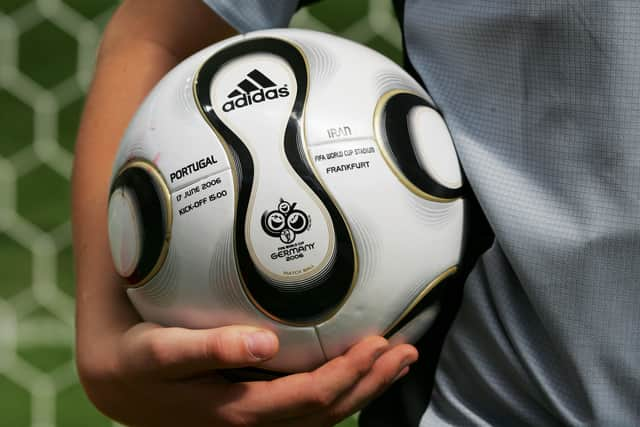

Let’s start this explanation by making it clear that this ball doesn’t get to top spot because of its design. The Tango was prettier, but ultimately, a football is there for its performance. The German World Cup of 2006 was a great one, on and off the pitch. There were screamers aplenty in 2006, with so many great goals from long distance. Gianluca Zambrotta, Steven Gerrard, Torsten Frings, Philipp Lahm and Joe Cole - decent five-a-side team - all scored incredible goals with this ball, which seemed to open up the top corner of the net like no other. Players loved this ball, and it gave us a superb, entertaining World Cup. We thank the Teamgeist for that by giving it top spot.
